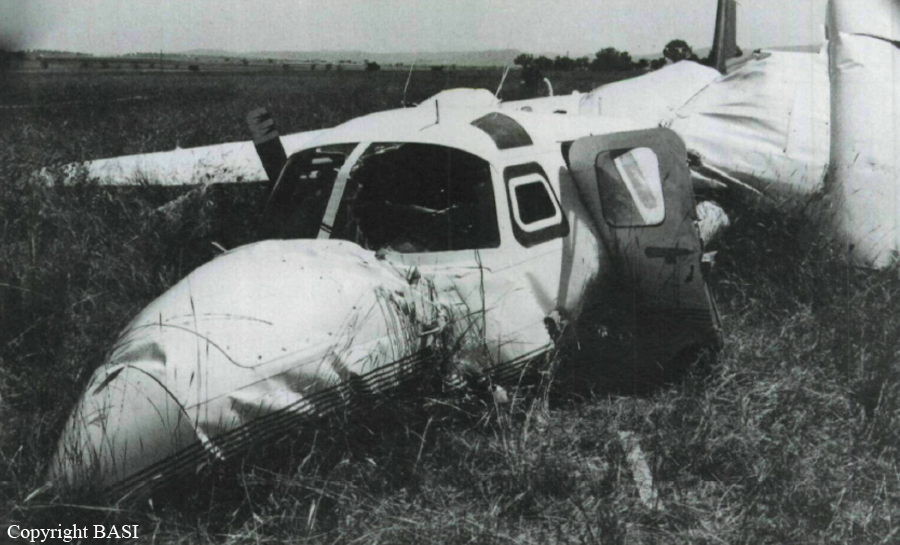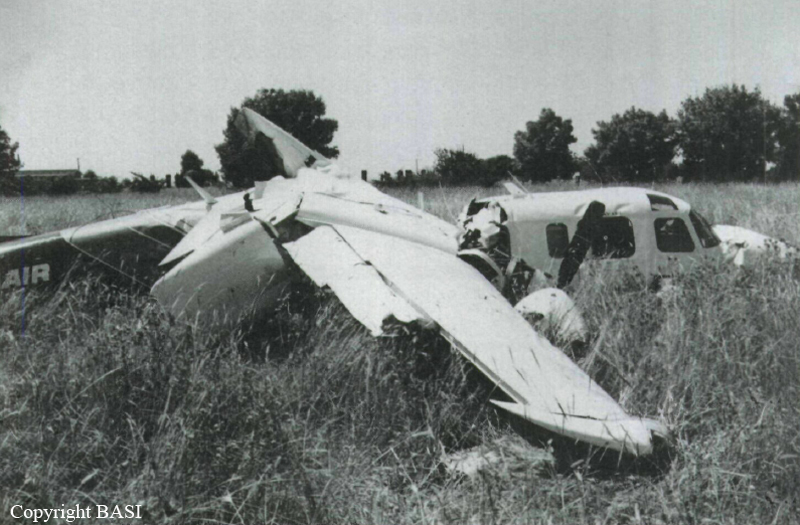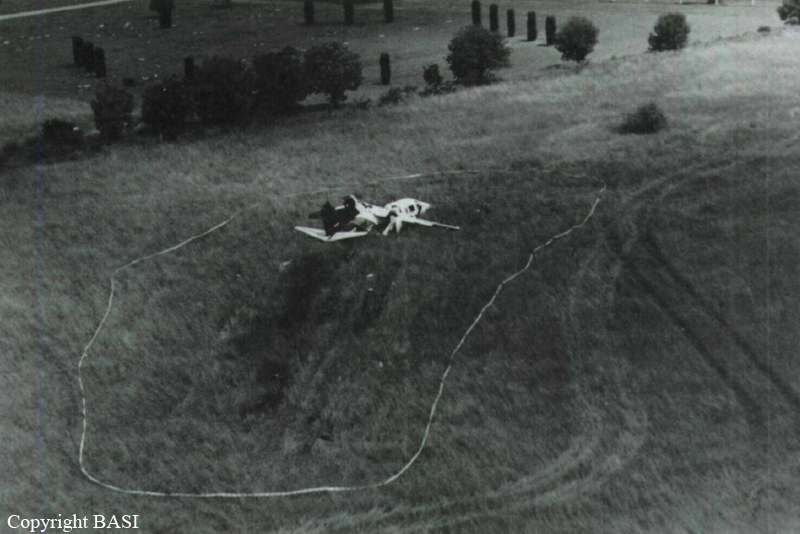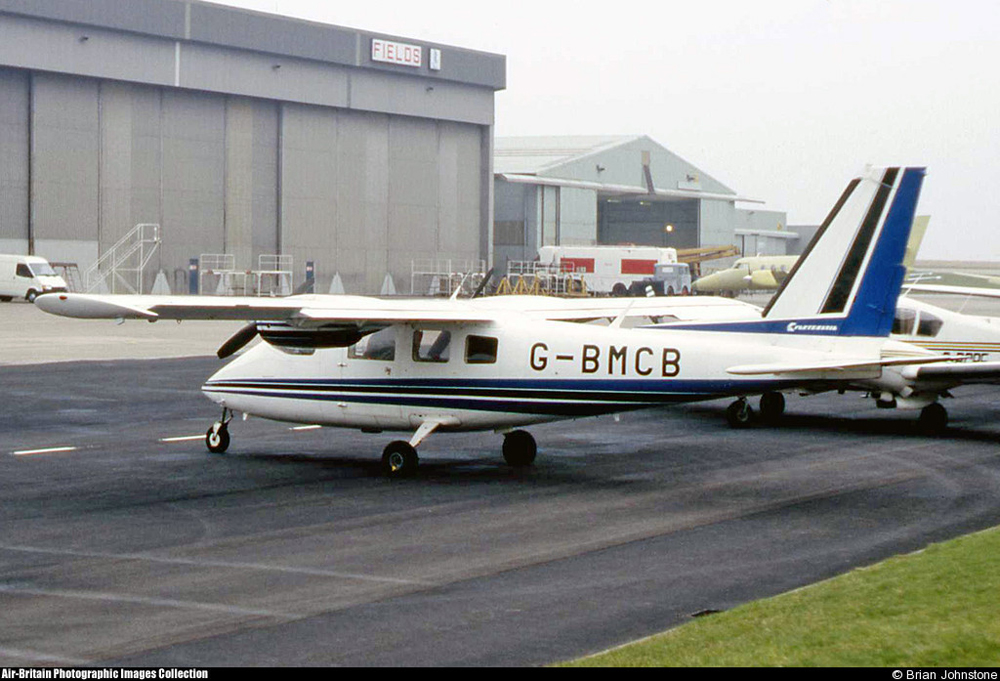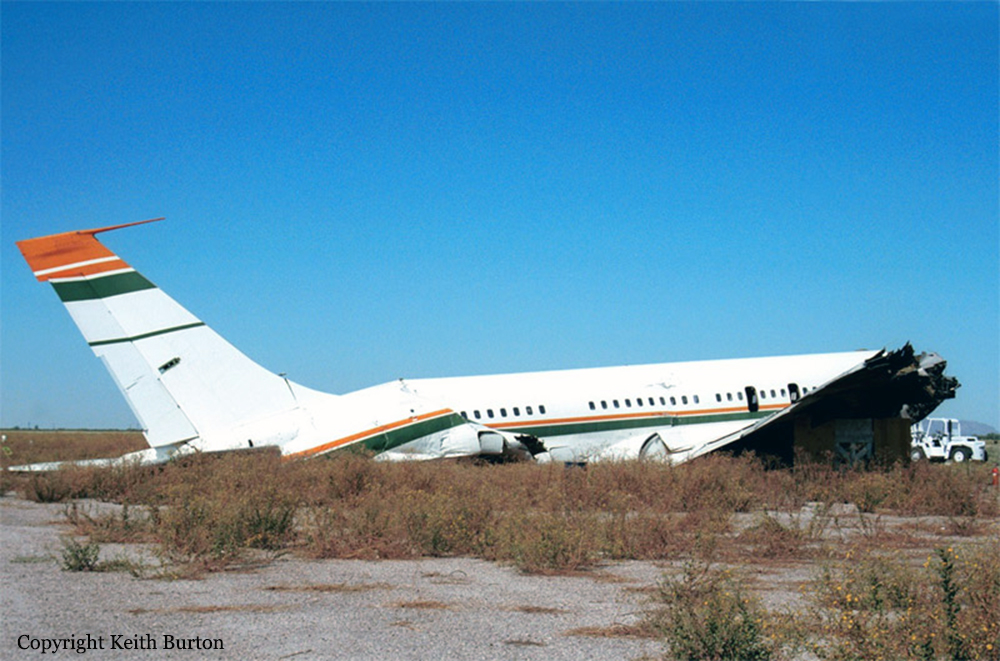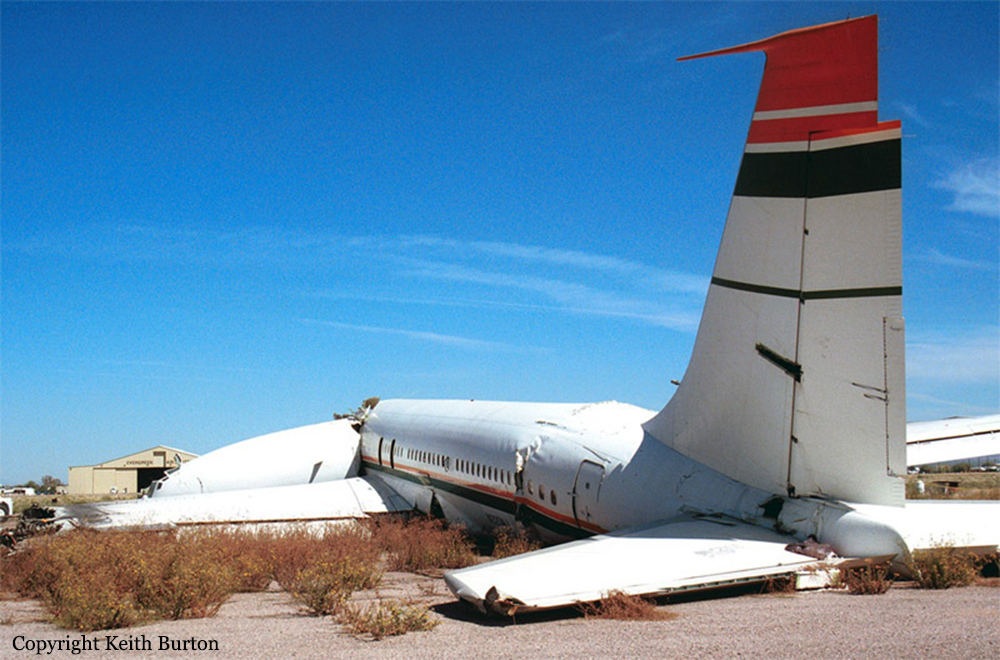Crash of a Beechcraft 65-B80 Queen Air in Fort Lauderdale
Date & Time:
May 25, 1991 at 1505 LT
Registration:
N5128Y
Survivors:
Yes
Schedule:
Fort Lauderdale - Titusville
MSN:
LD-405
YOM:
1968
Crew on board:
1
Crew fatalities:
Pax on board:
0
Pax fatalities:
Other fatalities:
Total fatalities:
0
Captain / Total hours on type:
140.00
Circumstances:
The pilot stated that while in level flight the left engine failed and he observed a fire warning light and shut the engine down, the right engine then began to run rough and lose power. He then restarted the left engine but neither developed enough power to sustain flight. He executed a forced landing on a highway and struck a vehicle and a fire erupted. Examination of the left engine revealed a cross threaded fuel nozzle fitting and soot patterns aft of it. No cause for the right engine failure was found. No evidence of an annual inspection was found.
Probable cause:
The improper maintenance work by an unknown person who cross threaded a fuel nozzle injector fitting which allowed fuel to leak on the exhaust system initiating a fire. No reason for the right engine not to develop full power was found.
Final Report:

